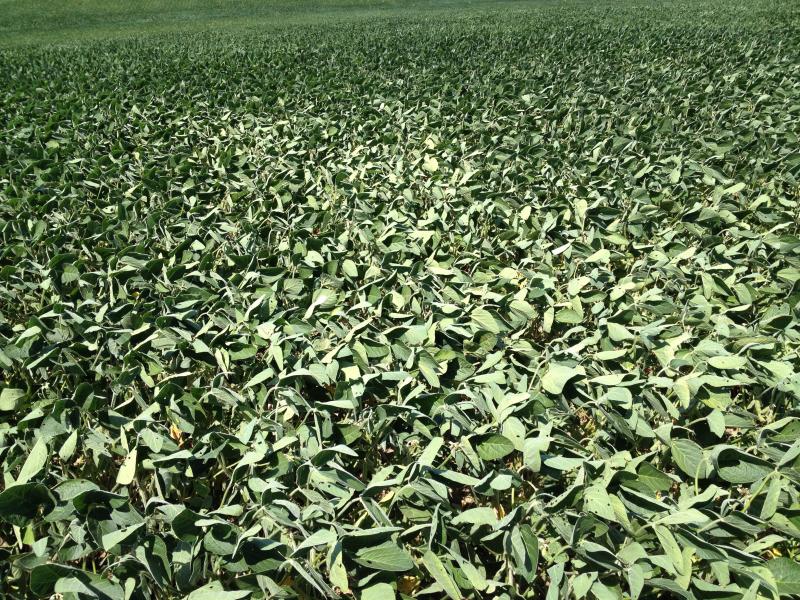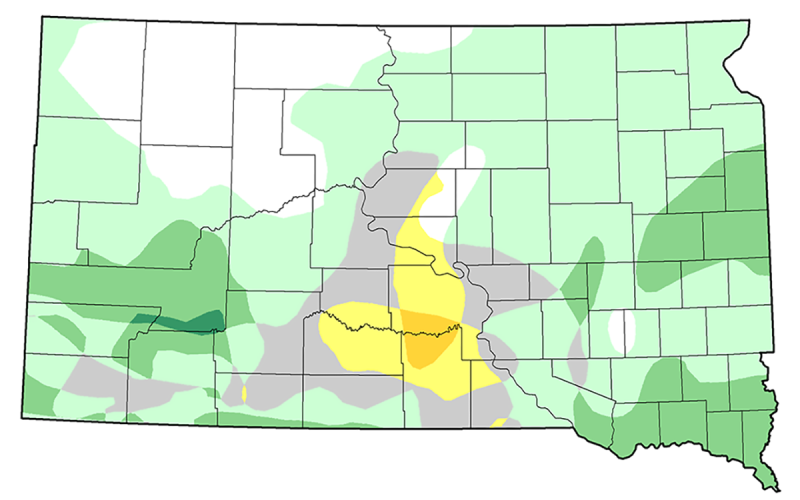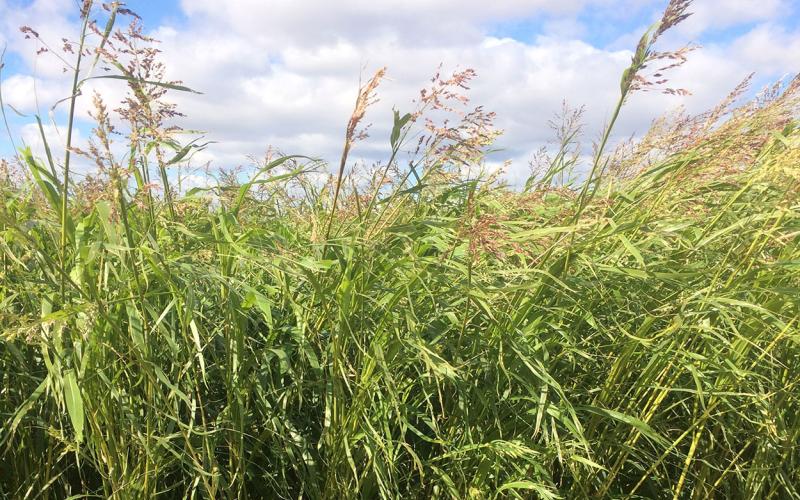Soybeans in South Dakota are in their moisture-critical reproductive stage. Drought stress during this growth stage can significantly impact yield, so here are some things to look for.
Things to Look For

Leaf Flipping: When soybean is drought stressed, the leaves will flip over to show their silvery-green undersides (Figure 1). This is a defensive mechanism they use to reflect more light, reducing the amount of sunlight the plant takes in through its leaves. This also reduces the photosynthetic process, which in turn can affect the growth and productivity of the plant.
Leaf Clamping: Soybean plants will also fold in their leaves to conserve water. Similar to leaf flipping, the plant is minimizing the leaf area that is exposed to the sun to reduce photosynthesis. This drought response can also reduce plant growth and productivity. Both of these drought defense mechanisms can reduce yield by reducing the plants uptake of moisture and converting it to energy.
Other Symptoms: Indeterminate soybeans will bloom for four to six weeks, so may have a better opportunity to recover from short term drought stress if it occurs early in the blooming period. During this stage, soybean’s initial response is to increase the number of seeds per pod and increase seed size to compensate for aborted flowers and young pods. If drought stress continues, the bloom period could be shortened. If no pods are set during the normal blooming period, it is possible it may not set pods at all and yield will be greatly reduced.


